It is ironic that I was at the very end of a “digital” workshop for the German regional newspaper, Sudkurier, when, suddenly, the headline in the Earl Wilkinson piece grabbed my attention, just as I was preparing to make concluding remarks following a two-day intense seminar in which, as happens often these days, the goal was to arrive at a systematic and well thought out transformation from print to digital. By the way, Earl is Executive Director/CEO, of INMA, the International News Media Association.
Earl’s piece carried this headline:
Print’s future may be as creative builder of news brands
Immediately the use of the words “creative” and “brands” excited me, because, as Earl explains, print allows for plenty of creativity. While the layout constant elements for digital need to be familiar and steady, it is in print design that readers expect those visual surprises that only a giant double page can deliver, or, as we have seen in The New York Times recently, the four page fold out. Newspaper designers begin the design of front page with a blank canvas, except for a place for the newspaper’s logo (and that, too, can be moved around in many cases). Digital designers work with precise templates, the surprises come from the content primarily.
Earl insists that :
If the role of print becomes a hybrid information conveyor for older readers who cling to it and a brand conveyor to a broader digital ecosystem for younger readers, that means design standards for print need to rise. Commodity design just won’t cut it if the objective to printing is to convey a brand image or personality.
The newspapers illustrating Earl’s article all appear to be examples of great design, including Liberation, El Colombiano, Morgen (Belgium) and Folha de Sao Paulo.
The role of print
I concluded my workshop remarks in Konstanz by citing from Earl’s piece, and adding:
- There is plenty of future for print if it is given its proper place.
- In fact, when print becomes a companion to digital, it can flourish, as we have seen in such newspapers as The New York Times and Norway’s Aftenposten, among others.
- First, admit that you don’t break news in print, but you can expand on stories, tell the reader more, go indepth and exploit the lean back mode.
- Advertisers still love the visual impact of a double page ad, whether in tabloid, Berliner or broadsheet format.
- Lead each day with a story that is NOT necessarily a news story or one that readers may have been exhausted of hearing about for the past 12 hours.
- Surprise with visuals.
- Surprise with content.
- Start analyzing and recreating your weekend newspaper, and use it as a laboratory of how print can assume a different role within your organization.
- Don’t give up on print, simply place it where it belongs: not as protagonist but as a strong secondary player.
- Don’t come to work in the newsroom each day anticipating the death of print, because chances are that you will die first.
Of related interest:
High End Digital Publishers Discover New Platform: Print
https://digiday.com/media/high-end-digital-publishers-discover-new-platform-print/
Those weekend newspapers



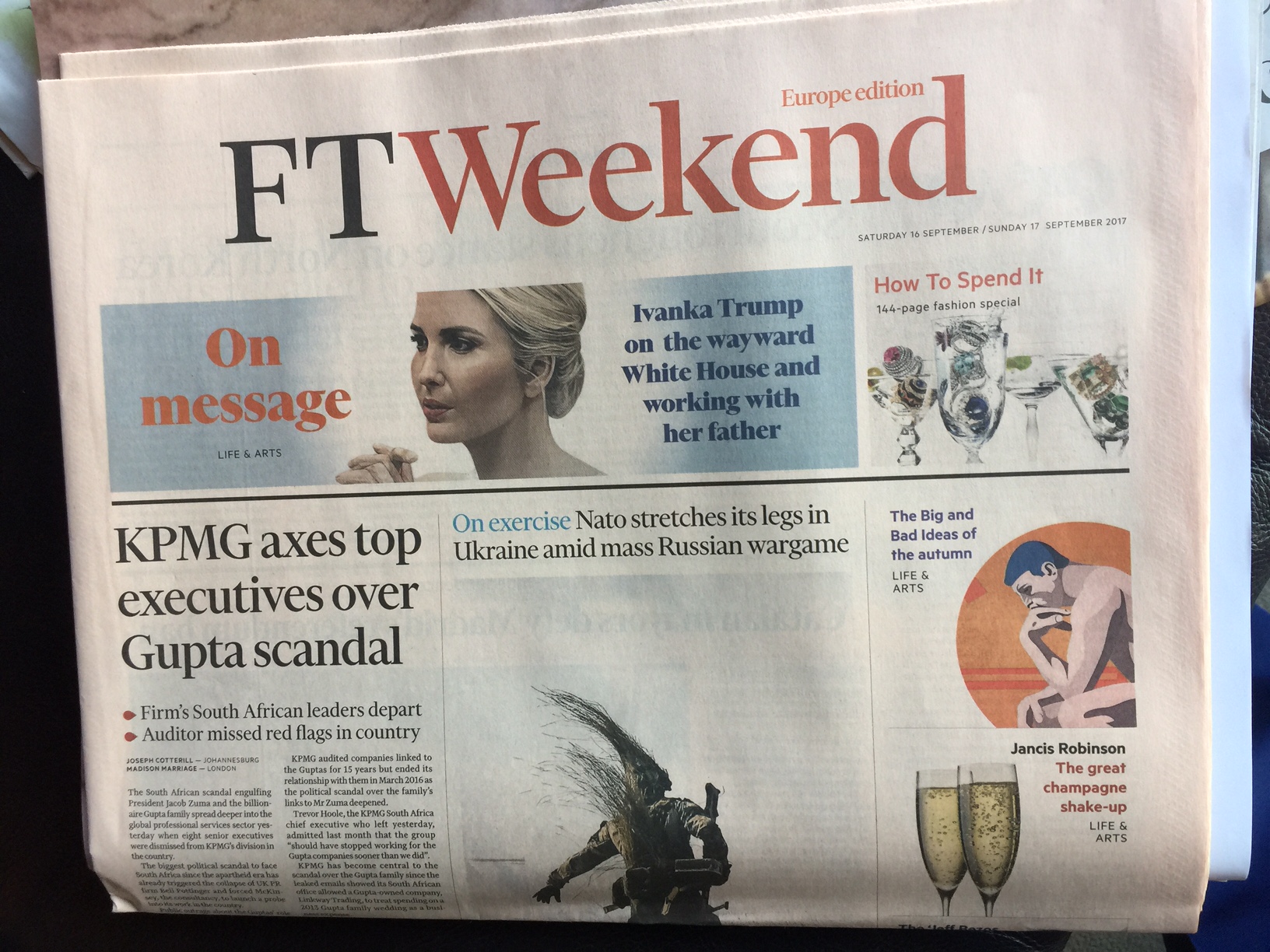

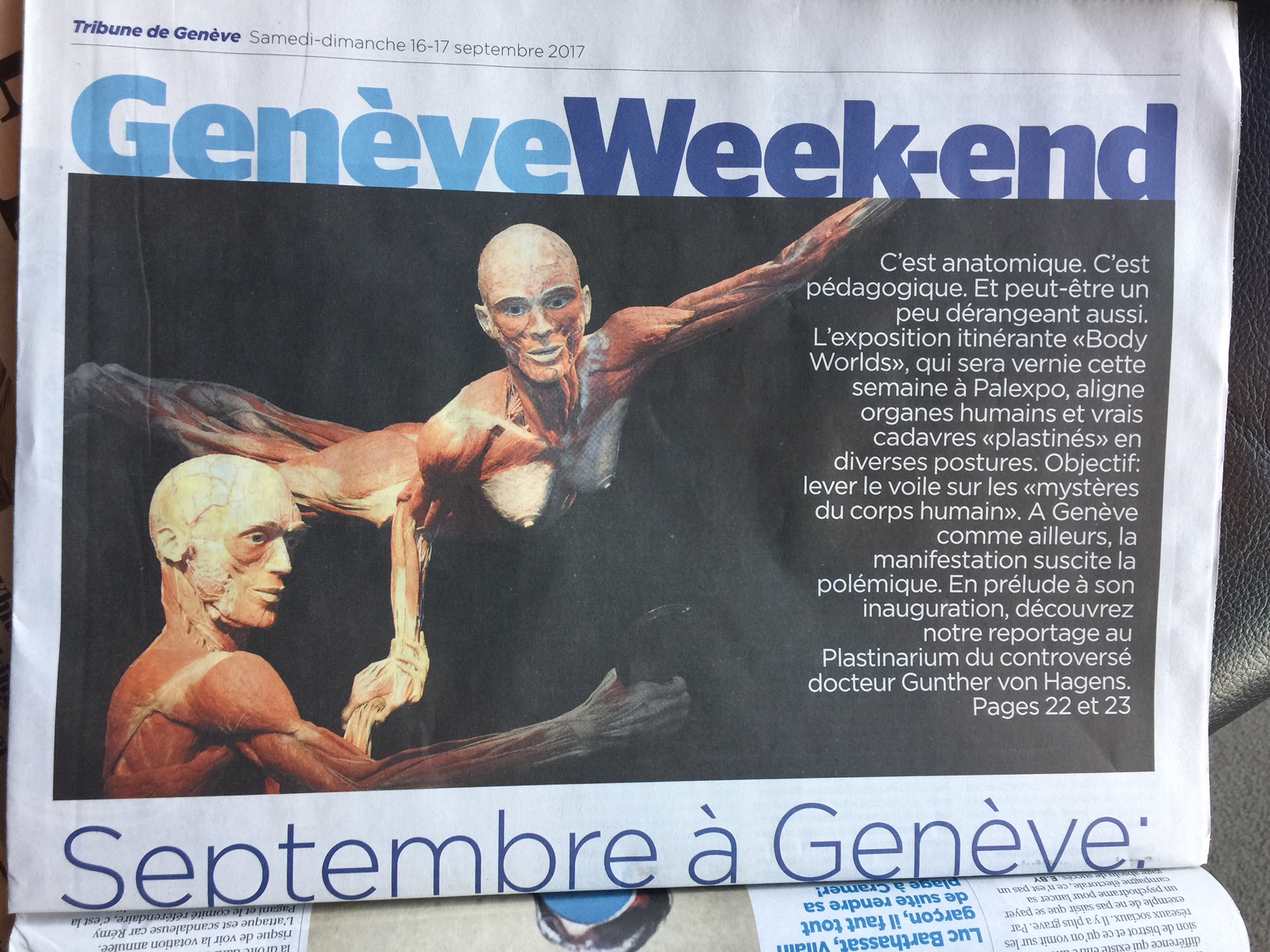
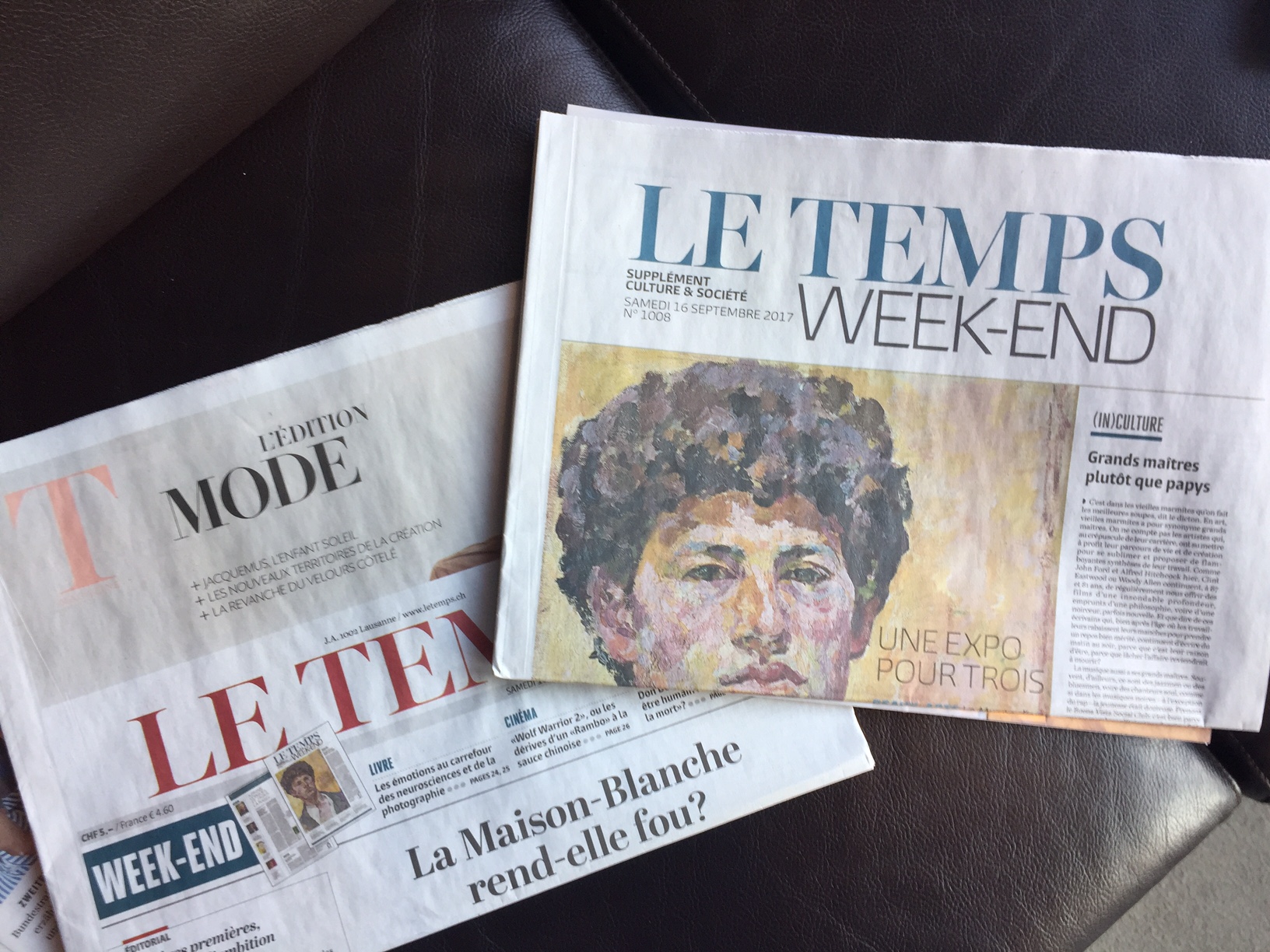
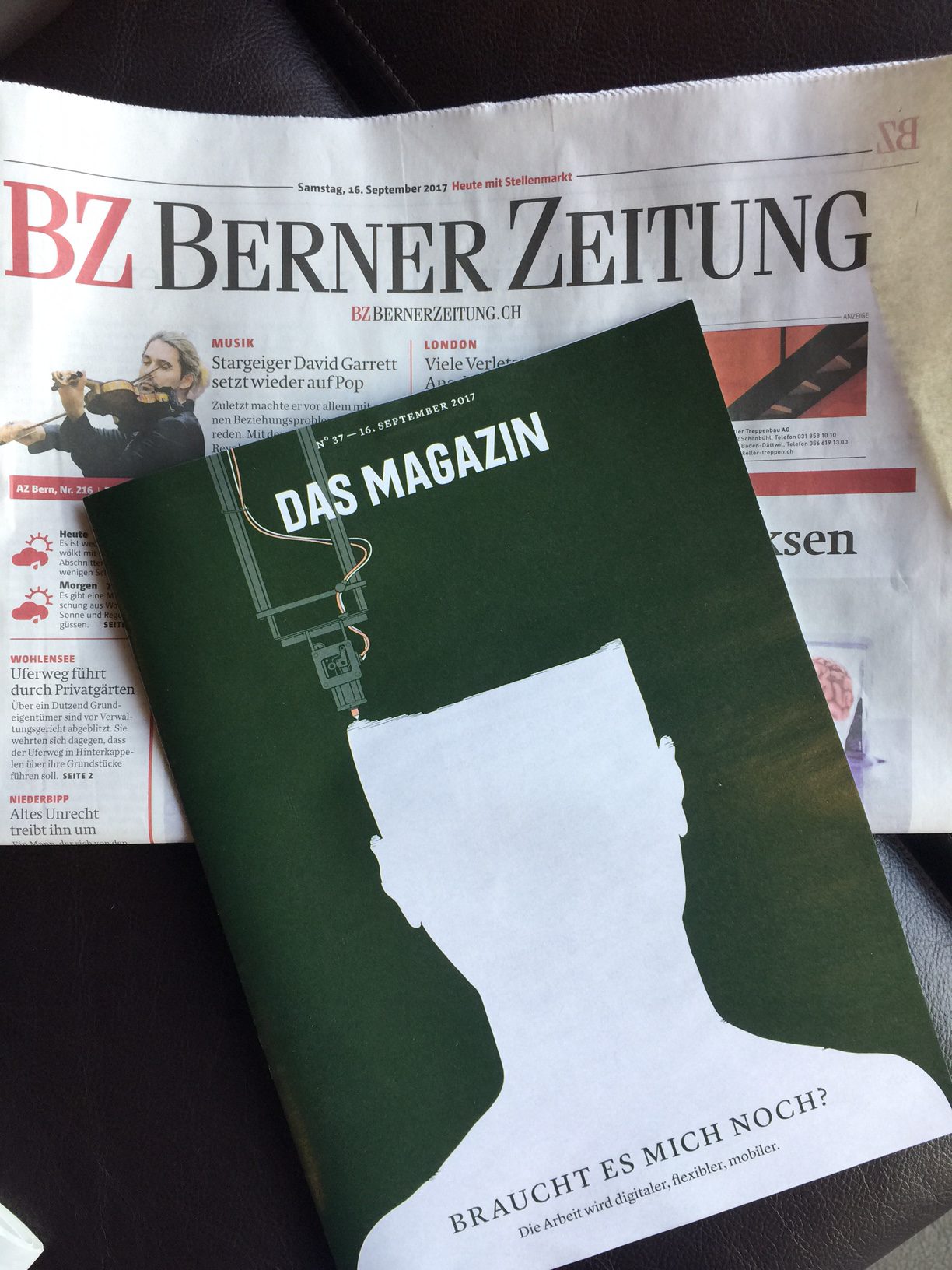
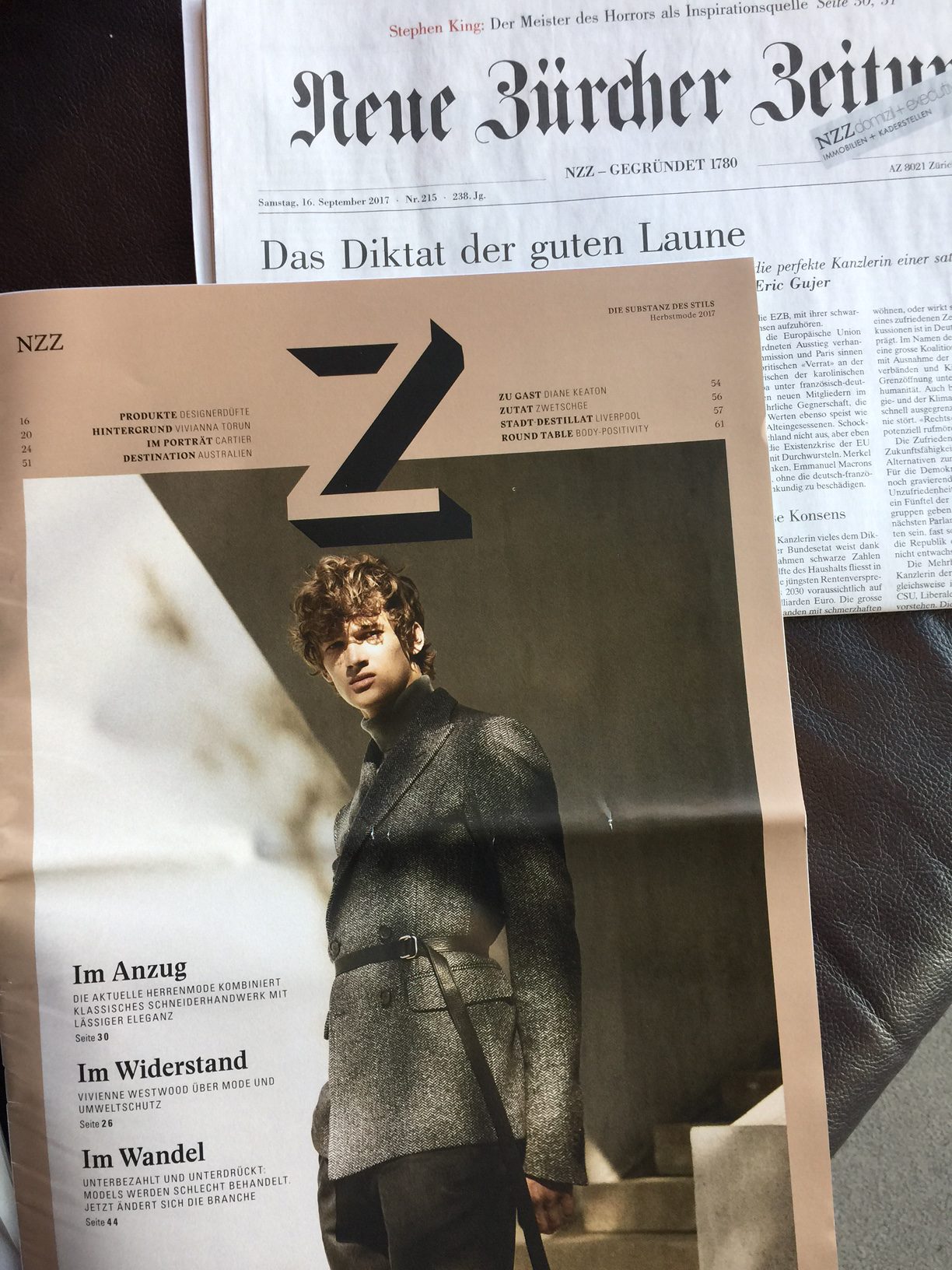
And, so, as my European trip came to an end for this visit, and as I sat in the SWISS lounge in Zurich Saturday morning, waiting for my return flight back home to New York, I sampled the offerings of the newspapers on the counter. These all seem to be doing it right. Visual surprises. Invisible stories on the front page. A feeling that if you pick up these newspapers you are in for a treat, a real lean back, take-your-shoes-off kind of old fashioned read.
The luxury of paper.
The celebration of brands that have existed for a long time.
The realization that print is a solid part of the Media Quintet.
In those newsrooms where its value is cherished and its new role appreciated, print, as Earl Wilkinson reminds us, still has a place beyond its rich history and glory days:
For more than five centuries, print was the primary conveyor of text-rich journalism, first as an influence industry then as a highly lucrative commercial industry.
I have every reason to believe that we will continue to see print for years to come, not as the primary conveyor of journalism, but a close and reliable ally.
Digital Media North America
http://events.wan-ifra.org/events/digital-media-north-america-2017
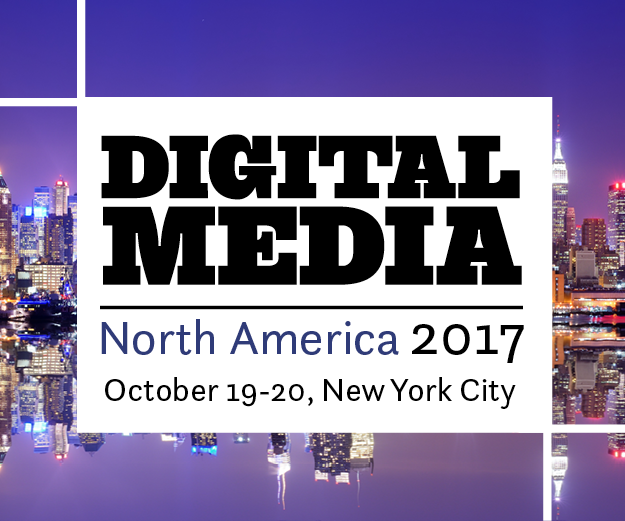
This two-day event, organized jointly by WAN-IFRA and the News Media Alliance (NMA), will provide a unique opportunity for North American news media executives to hear and discuss digital revenue strategyfrom the world’s most advanced media companies.
I will be one of the speakers for this conference in New York City.
Finalists in the Digital Media contest 2017
https://mailing.wan-ifra.org/vm.php?m=4769&u=ed7c3017381fb21f96ef5cf355e244e7
Mario’s Speaking Engagements
Sept. 18, Boston University, College of Communications
Sept. 22, Columbia University, special program for Argentine journalism students, School of Journalism
Oct. 19, WAN IFRA Digital Media North America, New York City
Nov. 16-19, WAN IFRA Latin America, Buenos Aires, Argentina
TheMarioBlog post #2700